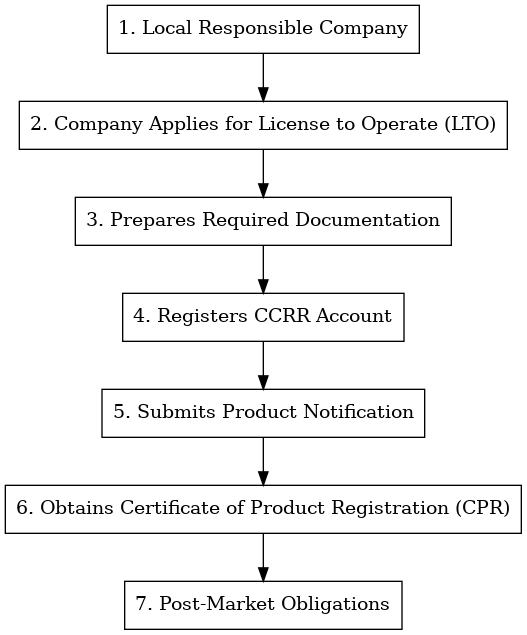Philippine Cosmetics Notification
Definition of Cosmetics in the Philippines
Cosmetics in the Philippines are defined by the Food and Drug Administration (FDA) as any substance or preparation intended to be applied to external parts of the human body—such as the skin, hair, nails, lips, external genitalia, teeth, or oral mucosa—for the purposes of cleaning, perfuming, altering appearance, controlling body odor, protecting, or maintaining good condition. This includes products such as skincare creams, shampoos, perfumes, lipsticks, makeup, mouthwash, toothpaste, oral sprays, and feminine washes.
Regulatory Background
The Philippine FDA, operating under the Department of Health, regulates cosmetics to ensure their safety, purity, and quality. As an ASEAN member, the Philippines adopted the ASEAN Harmonized Cosmetic Regulatory Scheme (ACRS) and the ASEAN Common Technical Dossier (ACTD) in April 2005, with full implementation beginning January 1, 2008. Since then, the country has operated under a cosmetic product notification system.
All cosmetics companies must obtain a License to Operate (LTO) before engaging in production, importation, distribution, or sale. The LTO is also required for submitting product notifications through the FDA E-Portal using a CCRR user account. Companies must ensure their products comply with the ASEAN Cosmetic Directive (ACD) and related annexes.
Market Entry Process

Required Documentation for Notification
Basic Product Information
Brand and product name
Variants, packaging sizes, and container types
Net content
Formula table (INCI names, functions, concentrations)
Notifying Entity Information (must match LTO details)
Company name and address
LTO number
Entity type: distributor, manufacturer, or trader
Manufacturer’s name and address
Company representative contact details
Supporting Documents (as applicable)
Product label samples
Usage instructions
Mechanism of action
Certificate of origin for ingredients
Material Safety Data Sheet (MSDS)
Certificate of Analysis (COA)
Notification Timeline
Product notification processing: 3–4 months
Notification validity: 1, 2, or 3 years (depending on QPIRA qualification)
Product Information File (PIF)
The PIF consists of four main sections:
Administrative documents
Quality and safety data of cosmetic ingredients
Product quality and safety information
Safety and efficacy reports (e.g., assessments, test results)
Other supporting documents as needed
Support:138Multilingual website & 138Enterprise mailbox